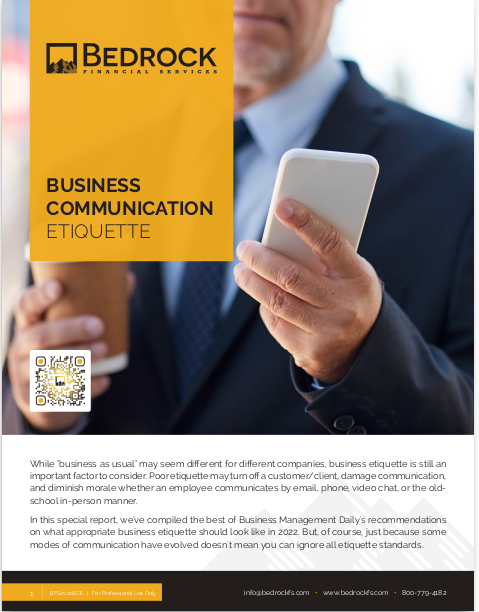Key Takeaways
-
A well-designed visual comparing term and whole life insurance can simplify a complex topic and increase client understanding in less than a minute.
-
As an independent insurance agent, using a single layered graphic to explain cost, duration, and value over time helps you build authority and reduce objections during your pitch.
Why This Visual Works When Words Fall Short
You already know how often clients confuse term life and whole life. The terminology alone can push them into defensive mode. But when you present the difference visually, it flips the script.
Instead of a verbal comparison, this visual acts as a mini-map—showing how each policy type behaves across time. It creates clarity before objections even arise. That gives you the upper hand, not by pushing harder, but by presenting smarter.
Core Elements of the Visual
To make this graphic impactful, it needs to deliver at a glance. That means layering the most critical comparisons on a shared timeline. Here are the essentials you should include:
1. A Shared Timeline
Start with a horizontal axis representing years—ideally from age 25 to age 90. This creates a common playing field.
-
Term life should be represented as a straight bar that ends abruptly based on policy duration (e.g., 20 or 30 years).
-
Whole life should be shown as a bar that continues throughout the timeline, with a cost curve and a cash value accumulation line added above it.
2. Cost Representation Over Time
This is where clarity meets impact.
-
For term life, display a flat cost line for the selected term. After that, show either a spike (for renewal rates) or a drop to zero (if not renewed).
-
For whole life, show a higher starting cost line that remains steady or grows gradually.
This makes the affordability trade-off visible in seconds. When clients can see that term starts lower but eventually disappears while whole life requires more upfront investment, the context clicks.
3. Cash Value Build-Up
Overlay a cash value growth curve that starts slow and increases over decades. This curve should only apply to the whole life section.
Visually separating insurance coverage from asset growth in the same graphic helps clients understand the dual purpose of whole life.
4. Death Benefit Duration
Place a bold-colored band above both term and whole to highlight the coverage period.
-
Term: Ends at year 20 or 30 (based on the policy).
-
Whole: Extends across the full timeline, from the first year to age 90 and beyond.
This simple band helps the client understand longevity at a glance.
Making the Visual Intuitive, Not Overwhelming
You want this to be a single, elegant page—not a cluttered mess of data. Focus on balance:
-
Minimal Labels: Use tooltips or quick-phrased callouts like “Cash Value Grows” or “Coverage Ends.”
-
Color Coding: Use one color for term life and another for whole life. Then add a third, softer tone for the cash value line.
-
Icon Hints: Consider adding a dollar sign icon on the cash value curve or a lock icon on the whole life duration line to suggest permanence.
What Clients Instantly Understand from This Visual
It’s not just about showing the facts. It’s about what the client walks away feeling. This one-page visual delivers several emotional insights:
-
Term life is temporary.
-
Whole life is lasting.
-
You trade early affordability (term) for long-term value (whole).
-
There is no one-size-fits-all.
When your client sees this without hearing a word, they’re already mentally engaging with the idea—not reacting to a sales pitch.
When and How to Present It
Use this visual in three core moments of your client interaction:
During Discovery
If your prospect brings up confusion or has a vague idea of what life insurance does, show them this visual early. It helps them feel more grounded.
At the Start of Your Recommendation
Don’t wait to the end. Frame your advice by referencing the visual. This gives your client a structure to compare what you’re offering.
In Follow-Up Emails or Leave-Behinds
Sending the visual as a PDF or printed page gives clients something to reflect on. It continues doing the work for you even after the meeting ends.
How to Customize It Based on the Client
While the base version of the visual works universally, tweaking it slightly can make it resonate even more.
Young Single Adults
-
Highlight the affordability of term.
-
Minimize the emphasis on cash value.
Young Families
-
Stress how whole life builds value as the kids grow up.
-
Show a side-note on conversion options later in life.
Mid-Life Clients
-
Emphasize stability of whole life premiums.
-
Highlight coverage past retirement years.
Near-Retirement Clients
-
Position the visual as a legacy-planning aid.
-
Stress that term coverage is likely expired.
A Note on Policy Length and Timelines
In 2025, most term life options cap at 10, 20, or 30 years. Show this on the graphic clearly, but avoid clutter.
Also, since term insurance ends at a fixed point, make that ending feel visual—like a cutoff point. For whole life, show it continuing well into ages 85 and beyond.
Timelines are powerful. Most clients understand them better than percentages or multipliers.
Use the Visual to Drive the Right Conversation
You’re not using this visual to convince someone that whole life is better. Or that term is smarter. You’re using it to support your client in deciding which approach suits their life goals.
When the client can point to the visual and ask, “What happens here?”—you’ve succeeded.
It also gives you a powerful way to bring up questions that clients don’t usually ask:
-
What if your coverage ends before you pass?
-
What does building equity in a policy mean to you?
-
Would it matter to have guaranteed lifetime coverage?
That’s how the visual becomes more than a picture—it becomes a conversation starter.
What to Avoid When Designing the Visual
A few things can derail the clarity and impact of your visual. Steer clear of:
-
Cluttered legends that explain too much.
-
Industry terms like “non-participating” or “guaranteed surrender value.”
-
Graphs without context. A cash value curve with no axis makes no impact.
-
Comparative math. Avoid showing “X% more expensive” unless it’s directly relevant.
The goal is to make the topic feel lighter, not more academic.
How to Keep It Relevant in 2025
Trends in 2025 show that clients are increasingly skeptical of permanent life insurance unless you clearly demonstrate the long-term payoff.
Your visual should reflect the trade-offs honestly:
-
Yes, whole life costs more.
-
Yes, it can provide more value over 30+ years.
-
No, term is not a waste—it’s a tool.
Using a timeline-based layout helps your client grasp these realities without feeling like you’re nudging them toward one side.
Why Independent Agents Benefit More from This Tool
Unlike agents tied to one provider, you have flexibility. This visual is carrier-neutral—it doesn’t push any one product.
That’s why it works. It positions you as an advisor first, seller second.
It also serves as an equalizer when clients come in quoting something they saw online. Instead of competing on numbers, you’re competing on understanding. And clients remember how you made them feel, not what you quoted.
Reinforce, Don’t Replace, the Conversation
You’re still the expert. The visual doesn’t replace your knowledge—it enhances it.
Let the image do what it does best:
-
Ground the conversation
-
Reduce anxiety
-
Frame expectations
Then you step in to deliver what visuals can’t: context, strategy, and support.
Let Bedrock Help You Turn Insights Into Action
At Bedrock Financial Services, we know that trust is built when communication is clear. That’s why we support independent insurance agents like you with the tools, visuals, and automation systems to strengthen every conversation.
When you sign up, you gain access to:
-
Visual design resources for insurance education
-
Templates for high-converting leave-behinds
-
CRM tools that plug directly into your client workflow
We help you focus more on relationships and less on the back office. Ready to elevate the way you explain life insurance? Let us be part of your strategy.







